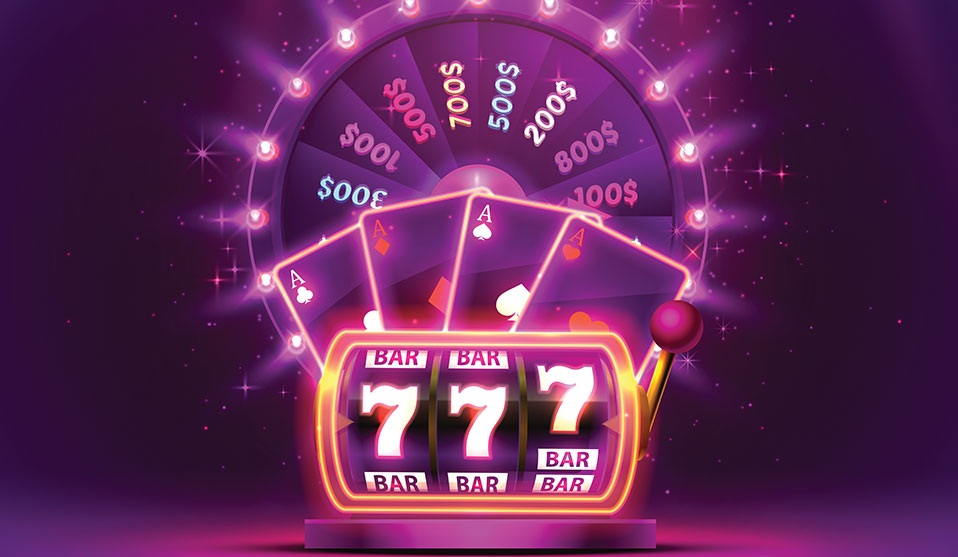Slot games have been a staple of casinos for decades, captivating players with their bright lights, engaging sounds, and the promise of instant riches. However, beyond the surface allure lies a complex world of psychology, technology, and innovation. In this article, we delve into the fascinating evolution of demo slot pragmatic games, exploring their impact on players and the strategies behind their design.
The Origins of Slot Games: The history of slot games dates back to the late 19th century when the first mechanical slot machine was invented by Charles Fey in 1895. This simple machine, known as the Liberty Bell, featured three spinning reels and a handful of symbols, including horseshoes, diamonds, spades, hearts, and a Liberty Bell. Despite its simplicity, the Liberty Bell laid the foundation for what would become a global phenomenon.
From Mechanical to Digital: Over the decades, slot machines evolved from mechanical contraptions to sophisticated digital devices. The introduction of electricity in the 1960s revolutionized the industry, allowing for the development of electromechanical machines capable of offering larger jackpots and more complex gameplay mechanics.
The digital revolution of the 1980s and 1990s saw the rise of video slots, which replaced physical reels with virtual ones displayed on a screen. This technological leap opened up new possibilities for game designers, enabling them to create immersive experiences with elaborate graphics, animations, and bonus features.
Psychology of Slot Games: Slot games are meticulously designed to exploit certain psychological principles and keep players engaged for as long as possible. One of the most powerful psychological mechanisms at play is the concept of intermittent reinforcement. Unlike traditional forms of gambling where the outcome is immediately known, slot machines provide unpredictable rewards at irregular intervals, keeping players hooked through a combination of anticipation and uncertainty.
Additionally, slot games often employ visual and auditory cues to create a sense of excitement and arousal. Bright colors, flashing lights, and catchy sound effects all contribute to the sensory overload that can make playing slots such a thrilling experience.
Responsible Gaming: While slot games can be entertaining, it’s essential to approach them with caution and awareness. Like any form of gambling, they carry the risk of addiction and financial loss. Responsible gaming practices, such as setting limits on time and money spent, are crucial for ensuring that the enjoyment of slot games remains within healthy boundaries.
Conclusion: Slot games have come a long way since the days of the Liberty Bell, evolving from simple mechanical devices to sophisticated digital experiences. Their enduring popularity can be attributed to a combination of technological innovation, psychological manipulation, and the thrill of chasing elusive jackpots.
